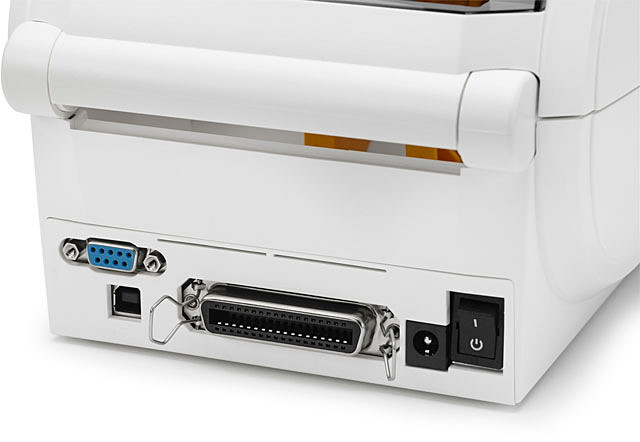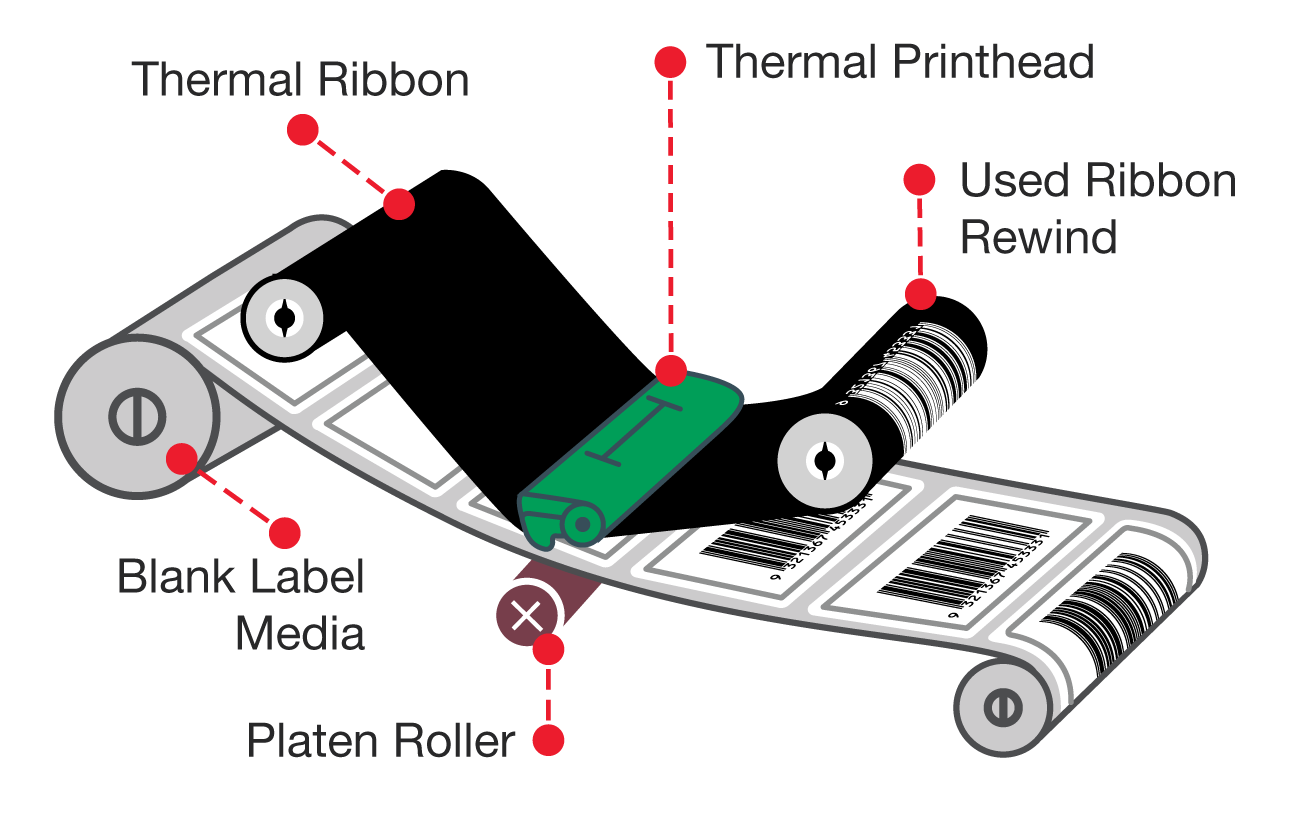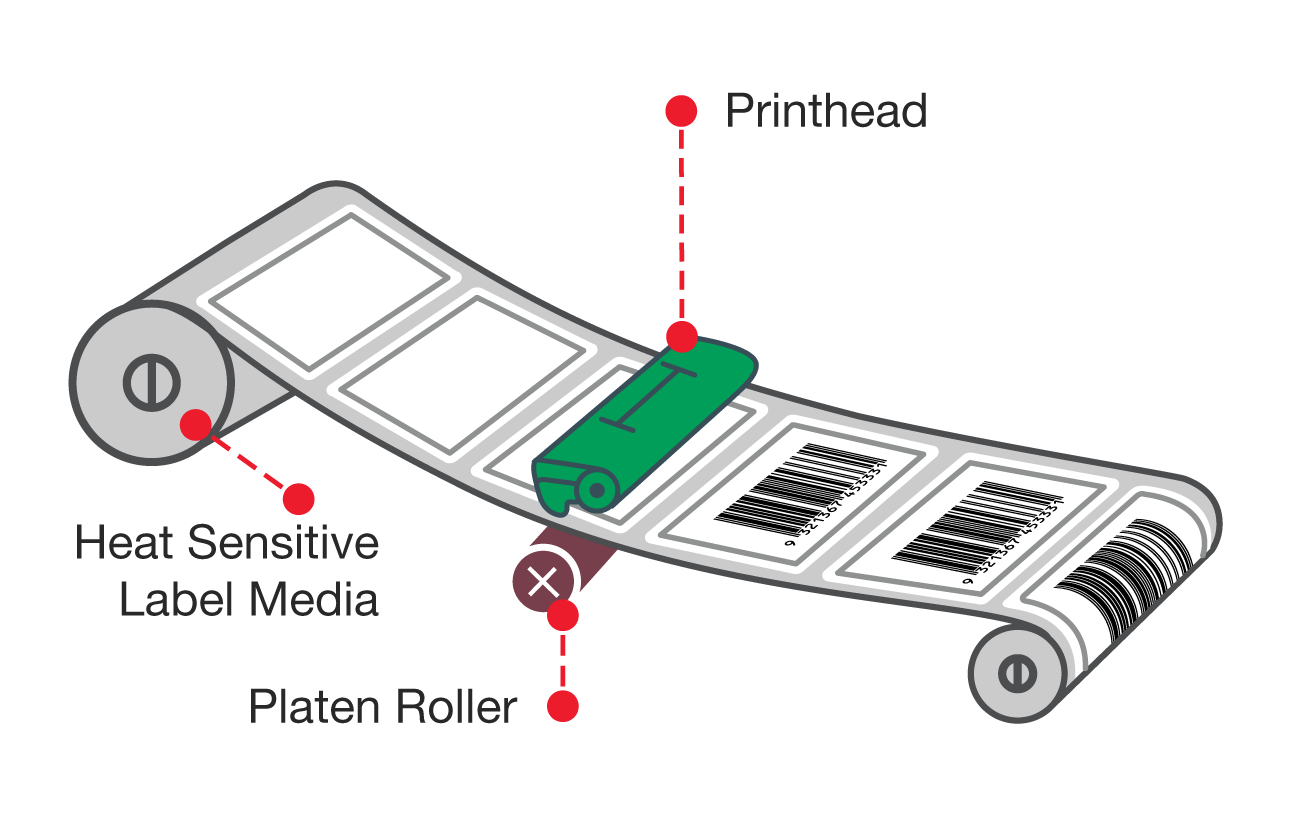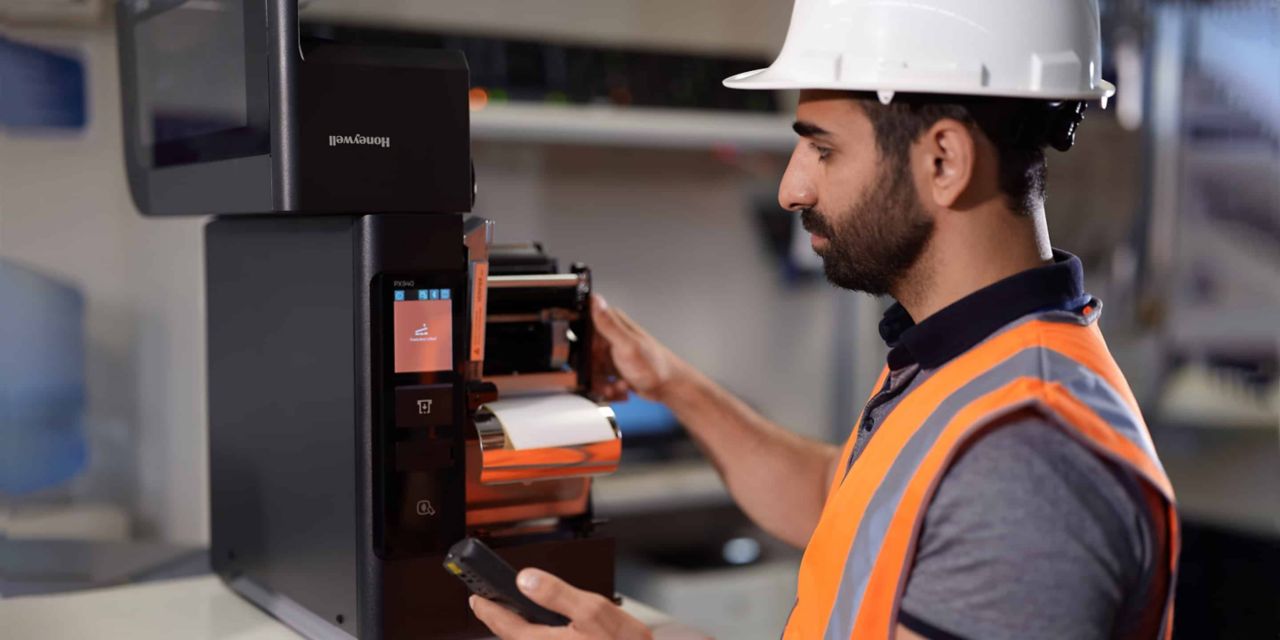What Label Printer Should I Buy?
Footprint
The first aspect to consider is the available area where your label printer will live. If your workspace is limited you will need to keep the printer footprint small. The Economy range label printers are also known as Desktop label printers due to their smaller size and footprint. They are less durable because they’re made of plastic and they need refilling with labels and ribbons more often than a larger printer, but they cost less and are perhaps a little easier to use.
As you move up the range, the printer models increase in size to Industrial printers. These are generally metal cased, fast-paced and they can keep printing for longer without needing to change ribbons or labels. They’re more expensive and take up more space but they’re durable so they will keep printing 24 hours a day 365 days a year.
There are also portable label printers available, which are generally small enough to be carried over the shoulder or clipped to a belt. They are perfect for shelf labelling or printing sample labels in the field – where you want to print and stick labels when you’re standing next to where the labels are used.
Daily print volume
One very important thing to consider when determining the right label printer is the number of labels you will be printing (on average) per day. If you’re printing less than 300 labels over an 8-hour workday, a. Economy or Desktop printer will be suitable for you. If the label volume is less than 2000 per day, a Mid-Industrial printer will work and if you are printing 3000+ per day it is best to buy a High-Industrial model.
Be aware that exceeding these recommended volumes means you risk damaging your thermal print head (an expensive replacement part), reducing the quality of the printed image and diminishing the effective life of the printer, so choosing the right model upfront will save you money in the end.
Label Size
It is also important to consider the width of the label to be printed. Label size varies with each model of printer, all Economy through Mid-Industrial printers only have the ability to print maximum width of 4 inches or 102 mm. For wider printing requirements you will need to consider buying a High-Industrial model label printer which are available in 6″ or 8″ models. Even though there are maximum label widths, the label length can vary as per your requirements.
If you need to print logistics labels or Serial Shipping Container Code (SSCC), the labels measure 4″ wide x 6″ long (102mm x 148mm) and all of printDATA’s thermal printers are capable of printing this size label.

Connectivity
Almost all label printers come with a USB connection, but have you considered if an Ethernet connection might be better? Or what about wireless network connectivity? Other options include Serial, Bluetooth, NFC, Parallel and Applicator Interface.
Different printers have different options. Some come with Ethernet as standard. Others have Bluetooth built-in as standard. Make sure you choose a printer that will integrate with your current and future equipment.


Print method
Labels fall into two categories, direct thermal labels or thermal transfer labels.
The benefit of direct thermal labels is that direct thermal printers are more straightforward. They don’t need to use a thermal ribbon, so the ribbon handling mechanism is removed. That brings the printer cost down a little. However, direct thermal labels typically have a shorter label life and are not good in high-temperature situations i.e. direct sunshine.
So, if you want to print long-life labels or scratch-resistant labels then you will need a thermal transfer printer. You can’t print waterproof or chemical-proof synthetic labels without a thermal ribbon.
Direct thermal printers can only print onto specially coated paper or labels. Thermal transfer printers can print onto a whole range of different label materials including direct thermal paper (you simply print without a thermal ribbon loaded into the printer) – so they’re more flexible.
If you have a specific short-life paper labels task for your printer, (for example address or fresh food labels) and you don’t plan to change the use of the printer – then a direct thermal printer makes sense for you.
Resolution
Resolution for thermal label printing is measured in DPI (dots per square inch). All label printers offered by printDATA are available in the industry-standard 200dpi resolution. For printing barcodes and text (above 8-point font) onto your label, a 200dpi printer will be suitable for your operation.
However, if you are looking for a more professional finish, smaller text or a detailed logo for your label, then 300dpi or 600dpi resolution printers are definitely worth considering.

Accessories
There are some additional items available to make your label printing process more efficient.
A cutter unit connects to the printer and enables labels to be cut directly after being printed, so each label is an individual sheet rather than on a roll. This allows for easy distribution of labels or can be good for customising label size to the content.
Installing a Peel & Present kit means that after the label is printed, this unit will automatically peel away the backing paper, so the label is presented at the face of the printer one at a time, ready to be applied. The backing paper is then rewound inside the printer on the internal rewinder. This reduces time and frustration associated with removing label backing paper and reduces mess as the backing paper is wound neatly inside the printer.
Adding an external rewinder allows for labels to be rewound onto a new role outside the printer. This is ideal for batch printing large rolls of labels to use or apply labels at a later stage.
Summary
There are many options when it comes to choosing a label printer which is good news – it means there is guaranteed to be one that suits your purpose.
Confused by all the options or not sure what one you need? Ask for some advice from printer specialists with over fifteen years of experience.
Ready to buy? Get in touch with us for pricing and availability of the model you need.